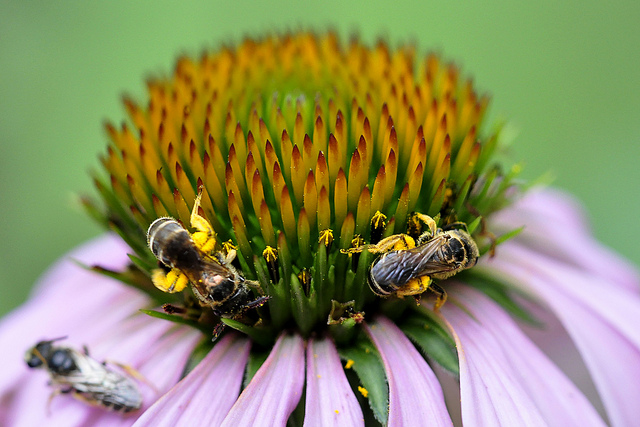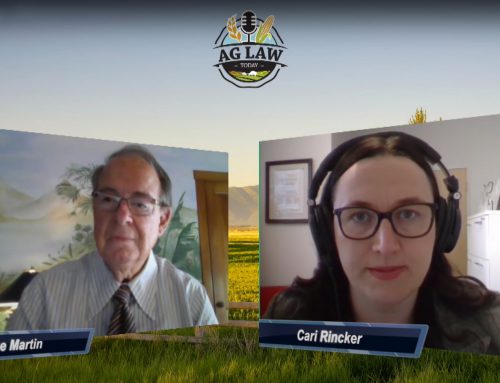It’s National Pollinator Week, and it’s an excellent time to take steps to help pollinators in your community. If you haven’t heard, many of our go-to pollinators—bees, butterflies, moths, birds, bats and so on—are declining in number or out-and-out dying in droves. Pollinators help flowers exchange pollen, which in turn allows the plants to produce vegetables, fruits and seeds. Without pollinators, 75 percent of the Earth’s flowering plants and about 35 percent of the world’s food crops would not bear the produce and grains we need to feed a growing world population, according to the USDA’s Natural Resources Conservation Service. In fact, $15 billion in crops is produced thanks to the pollen borne by honey bees from about 130 different fruits and vegetables! Another startling statistic is the scientific estimate that one out of every three bites of food we eat is made possible through the work of pollinators.
The causes behind pollinator losses are likely numerous and varied. Pesticides are a likely culprit, though it’s very unlikely they are the sole problem. Diseases and parasites are another probable suspect, and the loss of habitat is another sure cause of the decline of pollinator numbers.
There are many different government and private programs currently in place that are aimed at helping pollinators, but everyone can help too. Take some of these steps this Pollinator Week to help the bees, butterflies and other pollinators that help put food on your table:
- Plant flowers for bees around your landscaping. Common plants that bees love include Cosmos, Coreopsis, Daisy, Coneflower, Zinnia, Black-Eyed Susans, Marigolds, Bee Balm and many more. Visit FeedABee.com to get more information or to have seeds planted for you.
- Plant host plants that caterpillars need, such as milkweed for the monarch butterfly caterpillar. Research online, at your library or at your local nursery to find out what host plants will be most beneficial in your area.
- Build pollinator habitats. Artificial bee hives, butterfly houses and bat boxes are an easy, family-fun project that will do a lot of good. Provide a water source too!
- Minimize the use of pesticides on plants wherever possible.
- Join credible organizations concerned with helping pollinators.
- Rely on scientific-backed research concerning pollinators.
- Get family and friends interested in helping as well!



